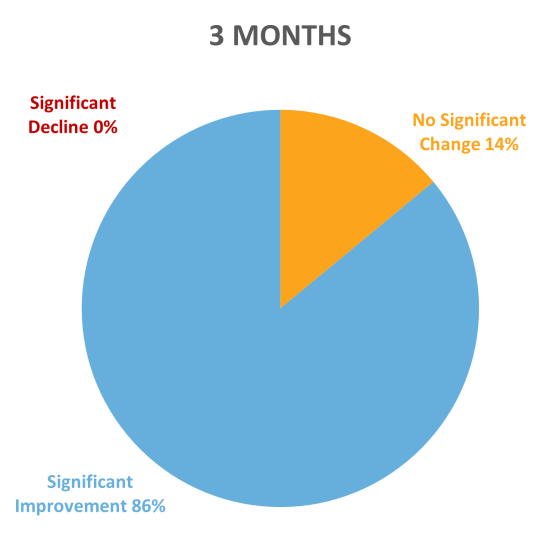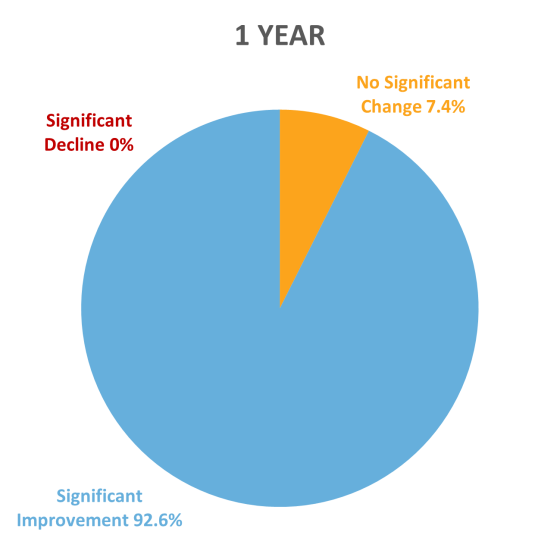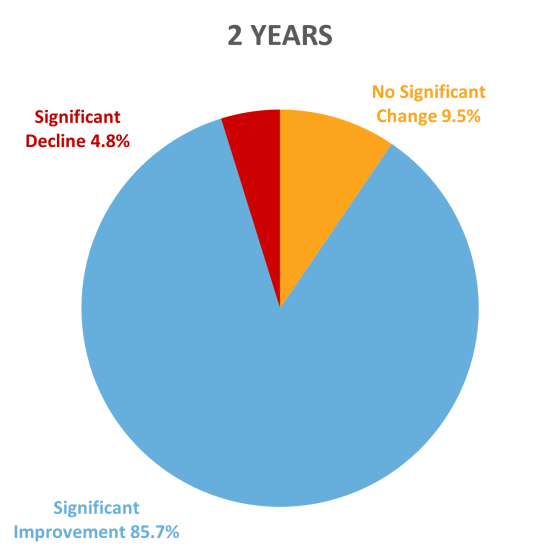Patient Reported Outcomes – Cervical Spine
As part of your standard of care, A/Prof Buckland gathers patient reported outcomes (PROs) in order to ensure we gain clear insights into the success rates of our surgeries. By sharing real patient experiences and outcomes, we aim to build trust and confidence in our procedures, helping you make informed decisions about your healthcare journey. This data not only aids in continuous improvement but also guides others towards achieving their best possible outcomes.
Disclaimer: The results presented herein are representative only of A/Prof Buckland’s surgical outcomes and experiences. They are specific to the techniques and practices of A/Prof Buckland and cannot be generalized to represent the results of other surgeons. Individual patients’ outcomes may vary based on a variety of factors, including but not limited to the specific methods used, patient health conditions, and procedural circumstances.
ACDF – Cervical Disc Replacement – Hybrid Disc Replacement



Interpretation of Neck Disability Index (NDI) scores
The Neck Disability Index (NDI) is a widely used questionnaire that measures a patient’s neck pain and how it affects their daily life. It consists of 10 sections, each with 6 possible answers scored from 0 to 5. The sections cover aspects such as pain intensity, personal care, lifting, reading, headaches, concentration, work, driving, sleeping, and recreation. The maximum score is 50, and scores are converted into a percentage (%).
0 to 9%: No Disability: Patients experiences no significant issues related to neck pain and can perform all daily activities without restriction.
10-29%: Mild Disability: Patients have some minor limitations in activities, but overall, their neck pain does not significantly impact their daily life.
30-49%: Moderate Disability: Patients experience noticeable limitations in daily activities and may need to modify or avoid certain tasks due to neck pain.
50-69%: Severe Disability: The patient has significant restrictions in daily activities. Neck pain greatly affects their ability to function and perform daily tasks.
>70%: Complete Disability: The patient is severely impacted by neck pain to the point where they are unable to carry out most daily activities. This score indicates a high level of disability.
How do we measure clinical improvement?
Clinical improvement is measured by the ‘Minimally Clinically Important Difference’ (MCID). This measurement is used to determine the change in function that a patient would recognise as beneficial and meaningful.
MCID is measured as an improvement in Neck Disability Index (NDI) of more than 17.3 percent2
- Parker SL, Godil SS, Shau DN, Mendenhall SK, McGirt MJ. Assessment of the minimum clinically important difference in pain, disability, and quality of life after anterior cervical discectomy and fusion; Clinical article. Journal of Neurosurgery: Spine. 2013;18(2):154-160.

